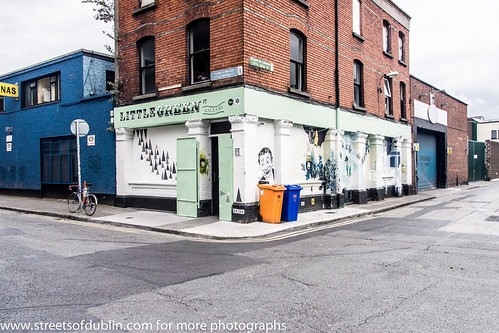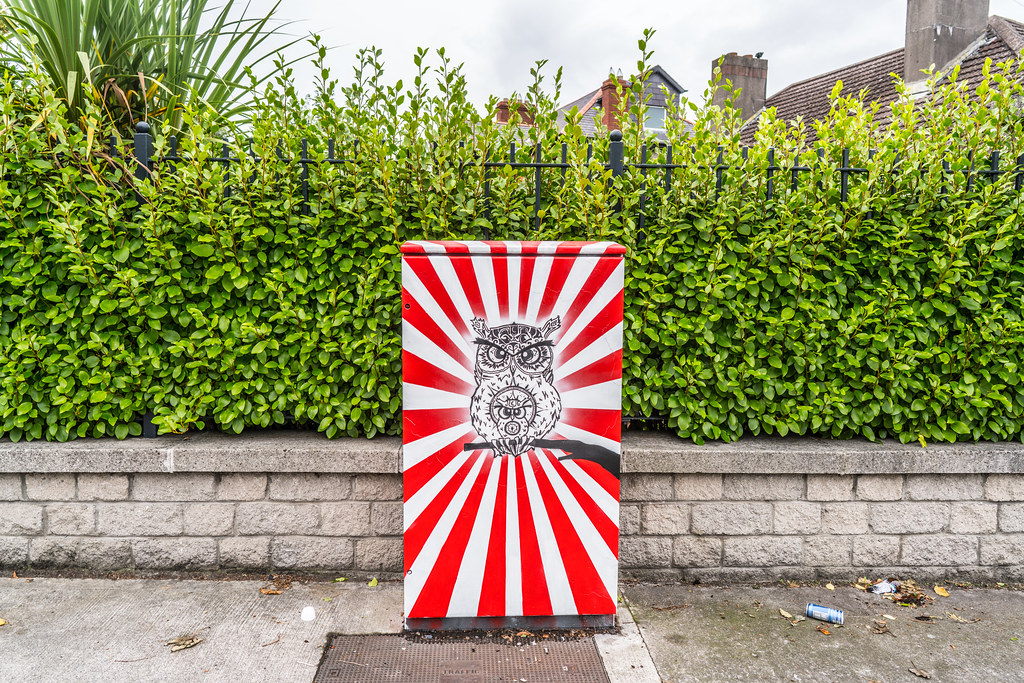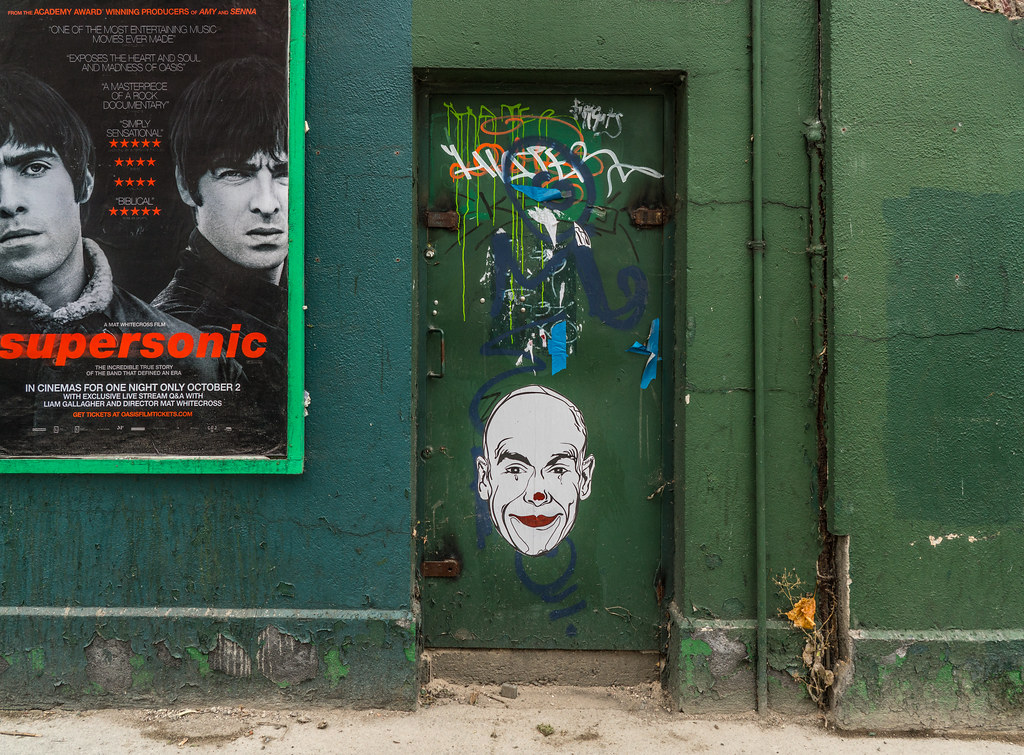
Custom Search
MAIN MENU
JULIETTE VIODE IS A MURAL ARTIST BASED IN DUBLINPHOTOGRAPHED 16 APRIL 2023
Juliette Viode is a mural artist and illustrator based in and working in Dublin. Her work is character-focused, bright and cheerful. To date she painted many murals for disadvantaged communities and for children with disabilities. Her approach is to design artwork closely with communities to help re-take pride in their area.
TWO MURALS IN STONEYBATTER CHRIS JUDGE ILLUSTRATION AND TRISKILL
Two large scale murals on gable ends of houses in Stoneybatter were Commissioned by Dublin City Council and this is one of them.
Chris Judge is an illustrator, artist, and children's picture book author from Dublin, Ireland. Since 2011 Chris has written and illustrated over 35 children's books, many of which are in collaboration with authors like Roddy Doyle, David O'Doherty and Eoin Colfer. His first book, The Lonely Beast won the Specsavers Irish Children's Book of the Year 2011 in the Bord Gáis Energy Irish Book Awards.
Chris Judge is an illustrator, artist, and children's picture book author from Dublin, Ireland. Since 2011 Chris has written and illustrated over 35 children's books, many of which are in collaboration with authors like Roddy Doyle, David O'Doherty and Eoin Colfer. His first book, The Lonely Beast won the Specsavers Irish Children's Book of the Year 2011 in the Bord Gáis Energy Irish Book Awards.
LIBERTY LANEURBAN EXPRESSION 26 MARCH 2023
There was a St. Kevin's Church in what is now St. Kevin's Park, Camden Row, Dublin, Ireland at least as far as the 13th century. After the Reformation, it became an Anglican church. The original church was replaced around 1750 by a new one, closed in 1912 and now in ruins. Both churches were dedicated to Kevin of Glendalough. There is also a Catholic St. Kevin's Church a short distance away on Harrington Street.
SORRY FOR THE DELAY
Commercial DisclosurePLEASE NOTE THAT LINKS BELOW MAY REDIRECT YOU TO THE AMAZON LOCATION MOST LIKELY TO SHIP TO YOUR ADDRESS
You will find links to buy products from Amazon, Google and other partners. If you click on these links, you’ll find that the URL includes a small extra piece of text which identifies that the click came from my websites. This text is an affiliate code, and it means that I get a small percentage of the money you spend if you choose to buy that product, or, in some cases, other products from the site soon after. These affiliate links help pay the costs of producing my websites and ensure that the content is free to you.













